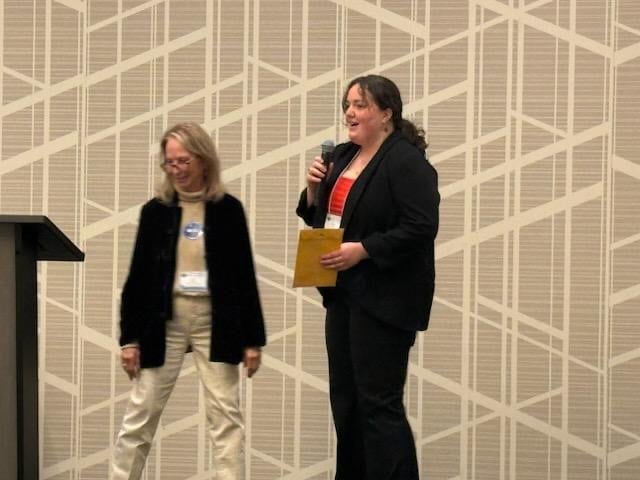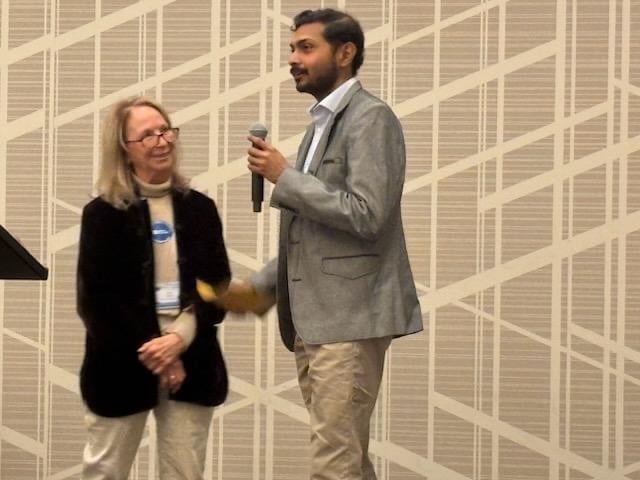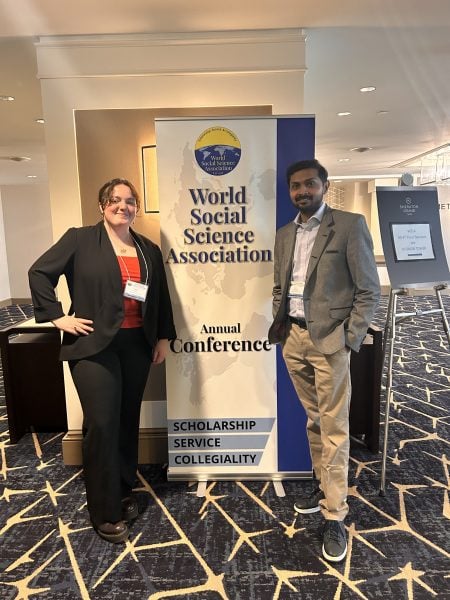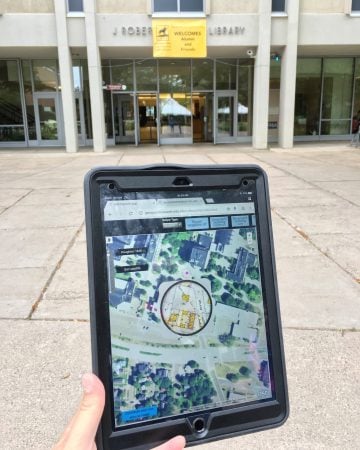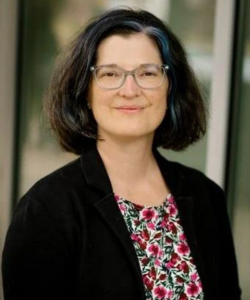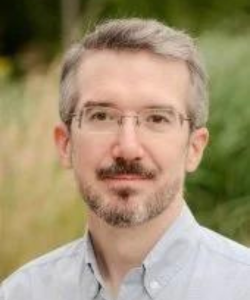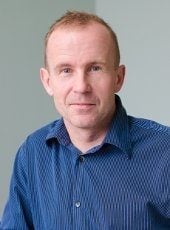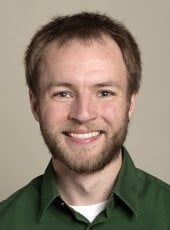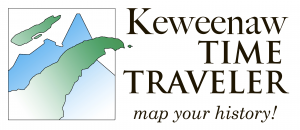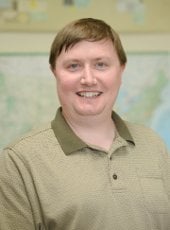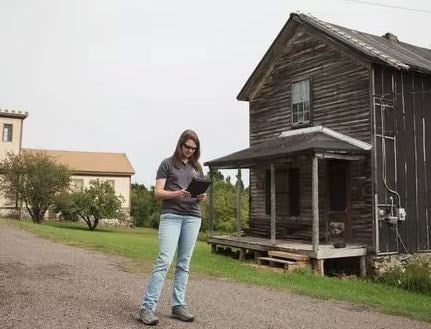Dr. Mark Rhodes and Dr. Kathryn Hannum recently wrapped up their second Wales: Community Transformations study abroad program in the small nation on England’s western border. Given their expertise and the specific courses they teach on Industrial Communities and National Communities, respectively, this year they decided to organize two distinct research projects for the two distinct courses.
Dr. Rhodes led the 8 Industrial Communities students through the techniques of archival research in an effort to unearth the impacts and legacies of the founding figure in Welsh Industrial Heritage and Archaeology: D. Morgan Rees. Following time in two Amgueddfa Cymru – Museum Wales libraries and archives, conversations with current Department of Industry staff, and deep dives into online primary and secondary data, they have assembled what will be only the second attempt at encapsulating the life and impact of Rees (the first briefly written in 1979 after his death). They will submit the paper for peer-review next month.
Dr. Hannum led the 15 National Communities students in a different direction. Following the establishment of the Welsh Assembly (now Parliament) in 1999, Amgueddfa Cymru published an exhibition, TV series, and book titled Painting the Dragon to reflect on the past and future of Wales through visual art. With a quarter century now behind us, students took the opportunity to reassess how the nation of Wales in 2025 reflects itself through art. Students used the art exhibited at National Museums, Libraries, and Galleries across Wales as data to compare and contrast prominent themes present now versus the year 2000. They will compile and submit their paper for peer-review later this semester.
Both Rhodes and Hannum also teach a third course on Cultural Immersion, which all 18 students enrolled in at either the undergraduate or graduate level. One highlight of this year’s course was the incorporation of the Welsh National Eisteddfod, which, while difficult to describe, is a nation-wide festival centered around poetry and the arts. This year, for the North American Pavilion, MTU History majors under the mentorship of Drs. Sarah Fayen Scarlett, Steven Walton, and Mark Rhodes, created a series of four panels about Welsh-American history surrounding the Revolutionary period. These displays, alongside five other North American Welsh organizations, allowed students to engage with hundreds of visitors throughout the week as they took shifts working the pavilion. Caption: Some MTU students, faculty, and other Welsh-North American leadership pose in front of the Cymru Gogledd America Pavilion at the National Eisteddfod.
Wales is relatively small in both population and size, linguistically and ethnically diverse, and politically and socially outspoken, offering a distinct experience within the United Kingdom. Prior to departure, students often think they are (erroneously) visiting England, which has been popularized within the imagination of most Americans. To their surprise, students find themselves in an entirely different world in the country of Wales: a national classroom.
